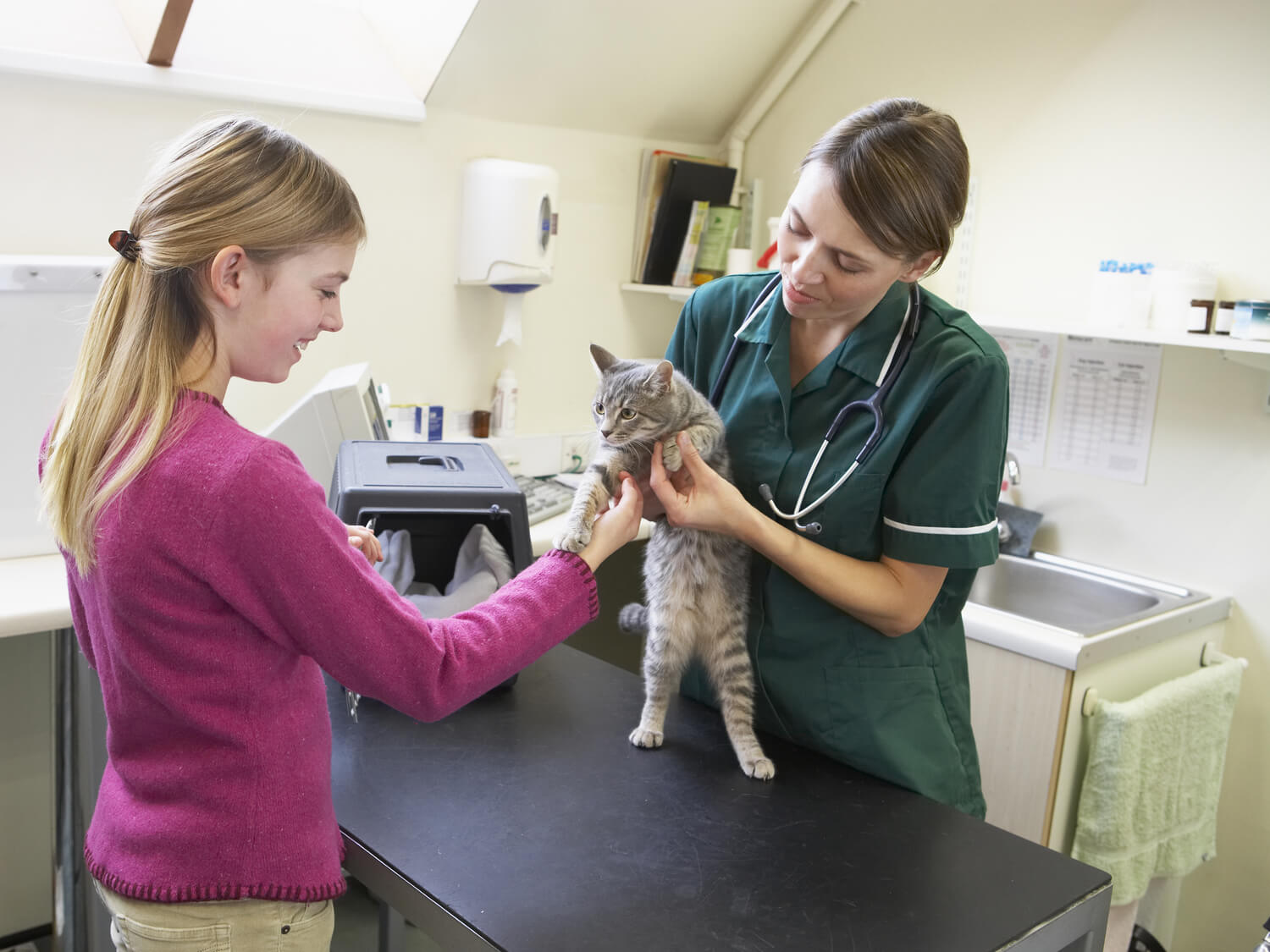Understanding the Average Expenses for Pet Insurance
Pet owners seeking affordable ways to manage veterinary costs can consider pet insurance. This guide details typical premiums, coverage options, and factors affecting costs, helping owners make informed decisions for their pet’s health and financial security.

Understanding the Average Expenses for Pet Insurance
Pet owners who lack sufficient savings but want to ensure their pets receive proper veterinary care often consider pet insurance. It helps cover unexpected medical expenses due to injuries or illnesses, which can otherwise be costly. In this article, we explore typical costs associated with pet insurance and key factors influencing premiums, offering valuable insights for choosing the right plan.
Typical Cost Estimates
Monthly premiums for cat insurance generally range from $15 to $18, depending on age.
Dog insurance typically costs between $22 and $28 per month, varying by breed and age.
Most providers offer at least two coverage levels: basic and premium.
Coverage Inclusions
Standard plans often cover a range of illnesses and injuries, with annual and pre-existing condition caps. Common conditions covered include diabetes, cancer, pancreatitis, fractures, and intestinal issues.
Pet owners usually pay veterinarians upfront, then submit claims for reimbursement, which are processed within about 30 days.
Additional Expenses
In addition to monthly premiums, policies may have deductibles of $50 or more, with co-pays ranging from 10 to 50%.
Pre-existing conditions or congenital issues like hip dysplasia are often excluded from coverage.
Optional riders for routine care (about $200 annually) can include vaccines, dental cleanings, and parasite preventatives, adding roughly $8–$10 monthly.
Discount Opportunities
Some insurers negotiate group discounts through employers or associations.
Many companies offer 5–10% discounts for insuring multiple pets in the same household.
Factors That Influence Premium Costs
Insurance Provider: Different companies have unique pricing strategies, so researching options can help find affordable coverage.
Location: Veterinary costs vary by region, impacting insurance premiums accordingly.
Deductibles: Higher deductibles reduce monthly premiums but increase out-of-pocket expenses during claims.
Reimbursement Rate: This defines the percentage of veterinary bills covered; 100% reimbursement means full coverage, while 80% shifts some costs to the owner.
Note:
Our blog offers valuable insights across various topics, based on thorough research. However, information should not be considered definitive, and we disclaim responsibility for inaccuracies or omissions. Readers are encouraged to explore additional sources and consider specific plans that may suit their needs better.










